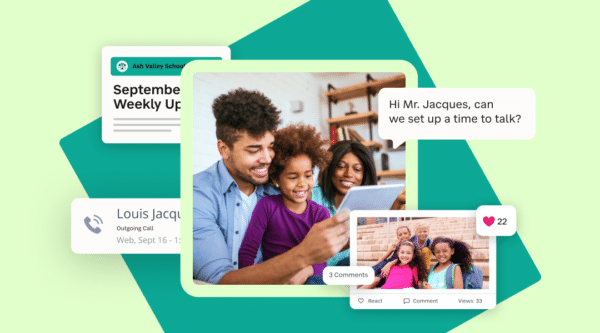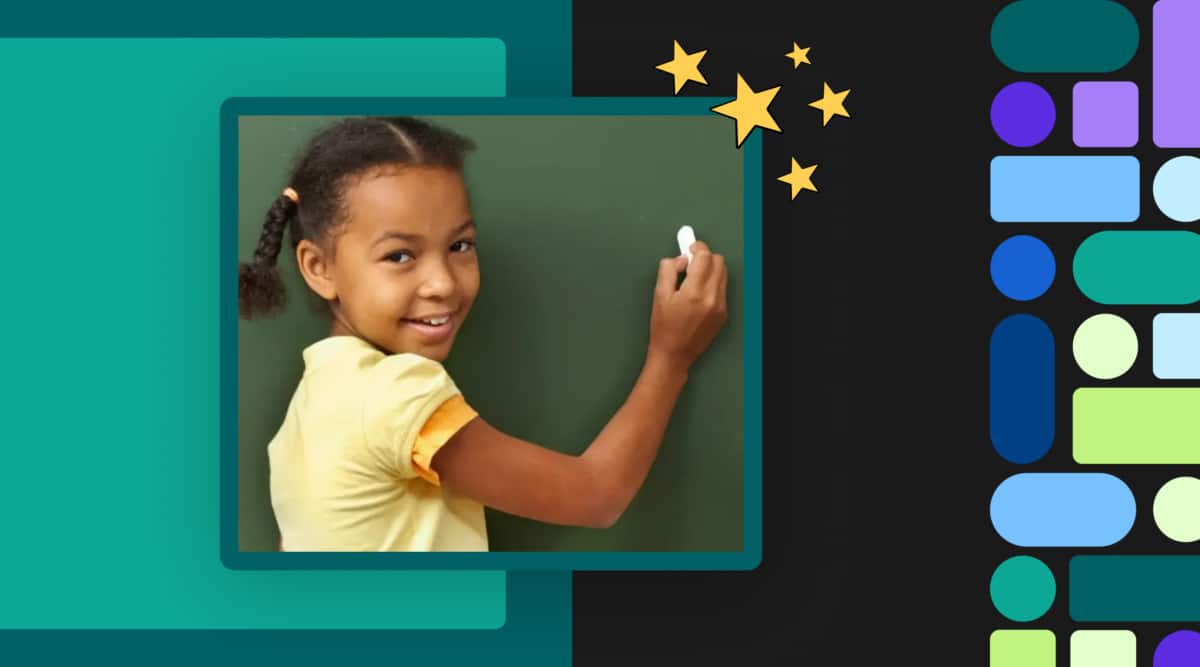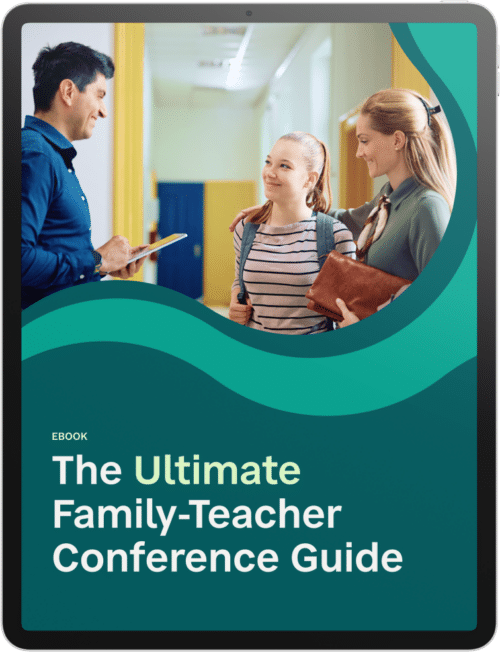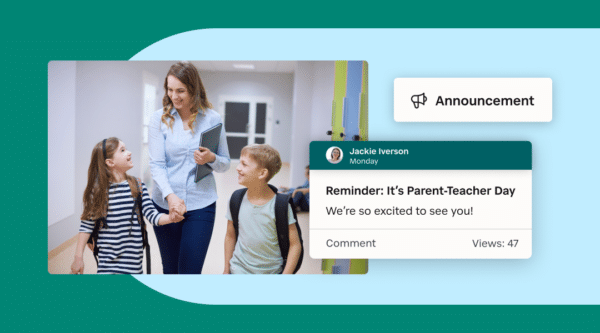

Family-teacher conferences traditionally offer parents a window into their child’s performance and progress, allowing teachers to discuss achievements, challenges, and areas of growth. Yet, one party is notably absent from these conversations: the students themselves. Student-led conferences (SLCs) aim to change this dynamic, offering students “a seat at the table” to present their perspectives, showcase their work, and set personal goals. This guide explores the ins and outs of SLCs, including their structure, benefits, and best practices for success.
What You’ll Find in This Guide
- How Student-Led Conferences Work
- Benefits for Students, Families, and Teachers
- Best Practices for Success
- Setting Up a Student-Led Conference
- Resources for Organizing Student-Led Conferences
How Student-Led Conferences Work
Unlike traditional conferences, student-led conferences empower students to take ownership of the discussion. Instead of simply hearing their progress from teachers, students actively present their achievements, challenges, and goals. Schools may implement SLCs in different ways, such as an “open house” style, where families visit classrooms, or by holding conferences with multiple students in a single room. For example, at Kate Waller Barrett Elementary School in Stafford, Virginia, SLCs foster an inclusive, student-centered approach.
Benefits of Student-Led Conferences for Everyone Involved
For Students: SLCs embody the student-centered learning approach, helping students develop a stronger connection to their learning. Research shows that student-led conferences increase students’ confidence, self-reflection, and responsibility for their education. By taking an active role, students feel valued and heard, contributing to a sense of ownership that can be transformative.
For Teachers: Teachers find that SLCs open valuable lines of communication with students, often revealing insights that go beyond traditional assessments. This format encourages teachers to work closely with each student to review strengths, challenges, and overall progress, offering a more comprehensive view of each child’s learning journey.
For Families: Families gain a richer, more authentic understanding of their child’s progress through firsthand examples of student work, strengthening school-home communication. Many find the experience more engaging and informative than standard report cards, as it opens a direct line of communication between home and school. This approach provides insights that empower families to support their child’s growth at home more effectively and with a clearer sense of their needs and achievements.
Best Practices for Student-Led Conferences
1. Plan Ahead
- Start early by guiding students in assembling portfolios, including work samples, goal sheets, and self-evaluation checklists.
- Encourage students to practice their presentations, using model sessions to build confidence.
2. Teach Life Skills
- Emphasize skills like public speaking, organization, and self-assessment. Highlight how these skills are valuable for success beyond the classroom.
3. Encourage Holistic Assessment
- SLCs should cover more than academic performance. Encourage students to set goals related to social-emotional development, which can help reinforce a growth mindset.
4. Educate and Prepare Families
- Provide guidance on how families can best support their children, offering examples of constructive feedback and encouragement techniques.
5. Promote Self-Reflection and Growth
- Guide students to include both strengths and areas for improvement in their portfolios, fostering an open discussion about challenges and growth.
6. Prepare Students for Active Participation
- Introduce the concept of SLCs early in the school year, encouraging students to select portfolio items that reflect their learning journey. Let them know that this is their opportunity to share their successes and challenges.
7. Provide Follow-Up Opportunities
- Make yourself accessible for any follow-up questions families might have, encouraging ongoing dialogue about the student’s goals and progress.
8. Gain Insight into Family Dynamics
- Observe family interactions during the conference. This can offer insight into the student’s background and help you understand factors influencing their classroom behavior.
9. Prepare for Mediation if Needed
- Be ready to help bridge any gaps between the student’s goals and family expectations. This can lead to collaborative solutions that support the student’s aspirations.
10. Adopt a Student-Centered Approach Year-Round
- Use the momentum from SLCs to continue fostering student agency throughout the year. Giving students more voice in their learning choices can increase engagement and accountability.

Best Practices for Family-Teacher Conferences
Improve engagement with your district’s approach to family-teacher conferences.
Download NowHow to Set Up Your Student-Led Conference with SchoolStatus Connect
Using SchoolStatus Connect simplifies conference organization:
- Create a New Event: In Connect, set up your conference event.
- Add Time Slots: Schedule time slots based on your conference format and desired group size.
- Send Invitations: Families can sign up at times that work for them, all with just a few clicks!
This setup takes only minutes, allowing you to focus on creating a meaningful, impactful experience.
Resources for Organizing Student-Led Conferences
Books
- A School-Wide Approach to Student-Led Conferences: A Practitioner’s Guide by Patti Kinney, et al.
- Student-Led Family Conferences by Linda Pierce-Picciotto.
Guides and Templates
- Student-Led Conferences Guiding Questions by Angela Watson
- Student-Led Conference Goal Sheet and Talking Points Sheet
For a full list of resources, visit Edutopia’s compilation for educators.Ready to explore the benefits of student-led conferences in your classroom? Reach out for a demo of SchoolStatus Connect and discover how it can support seamless family-teacher communication. Start fostering student ownership and family engagement today.
Stay Connected
News, articles, and tips for meeting your district’s goals—delivered to your inbox.





